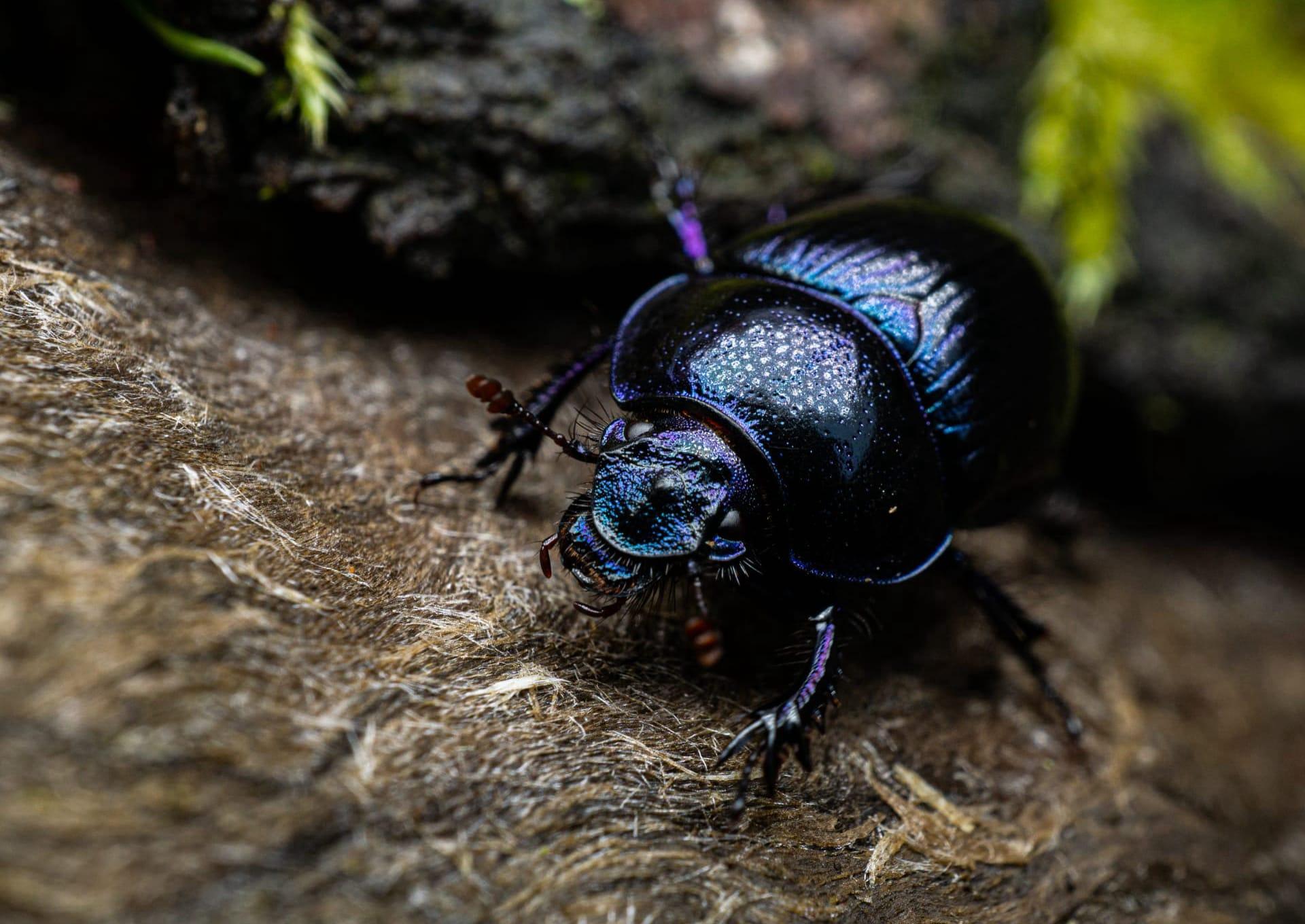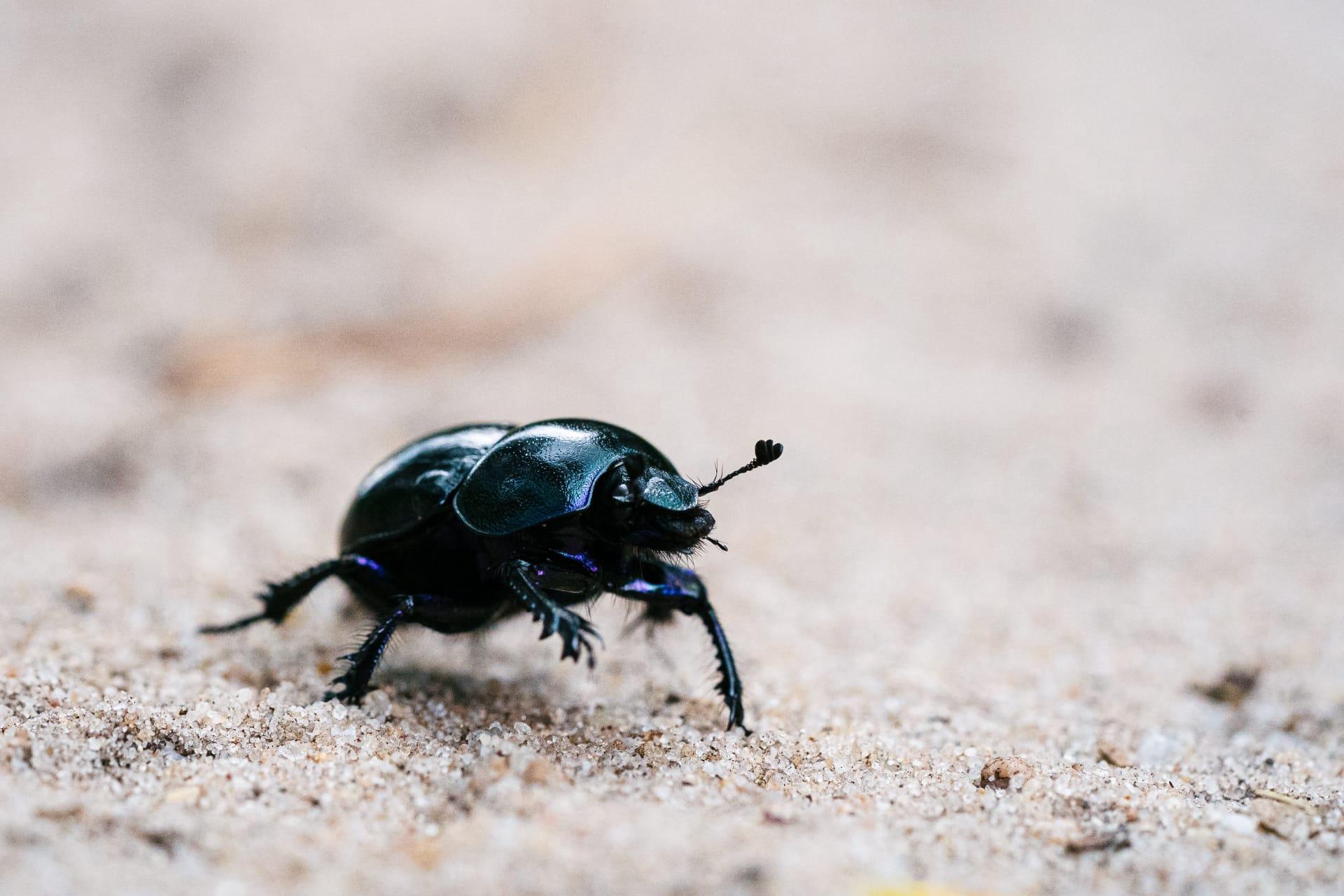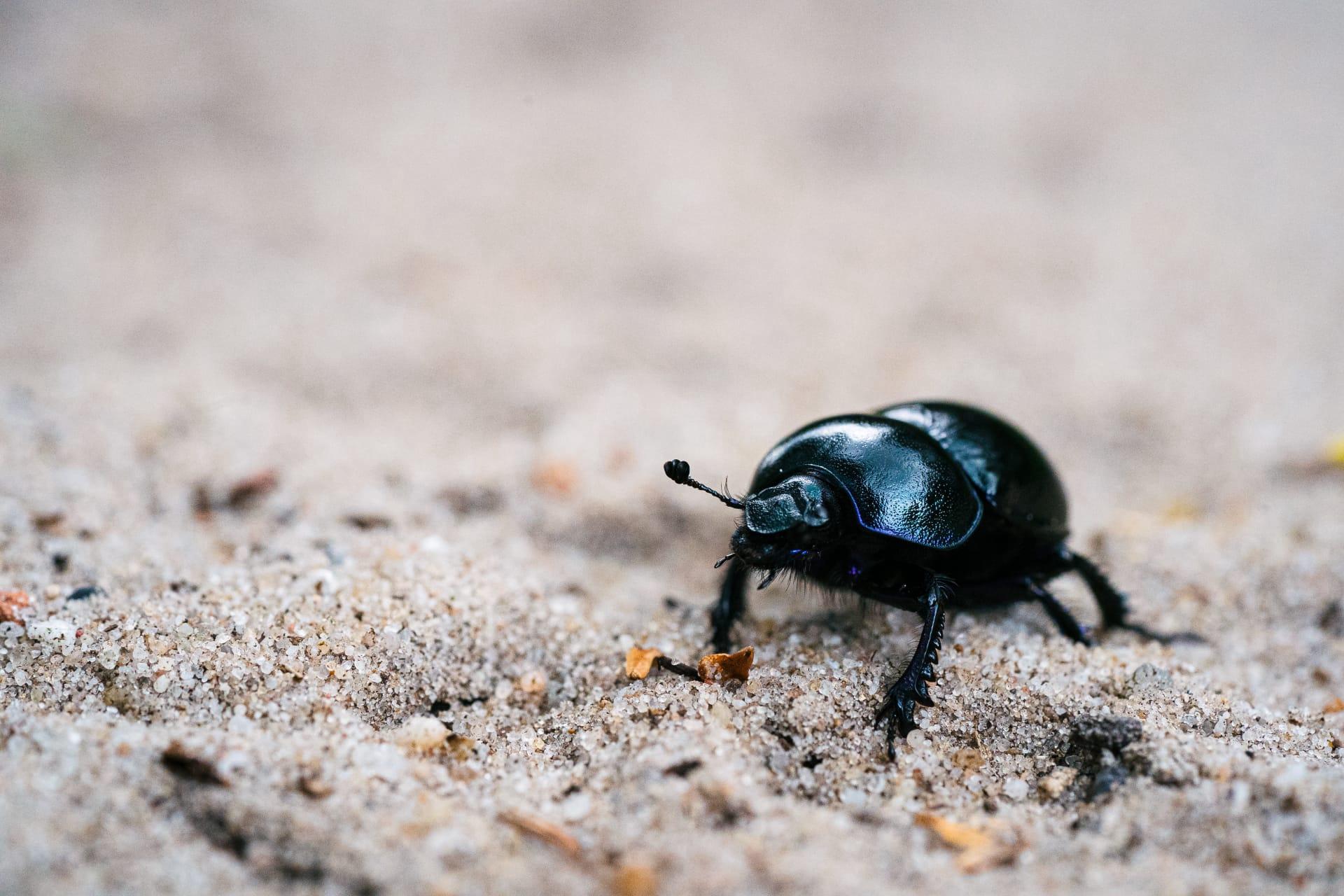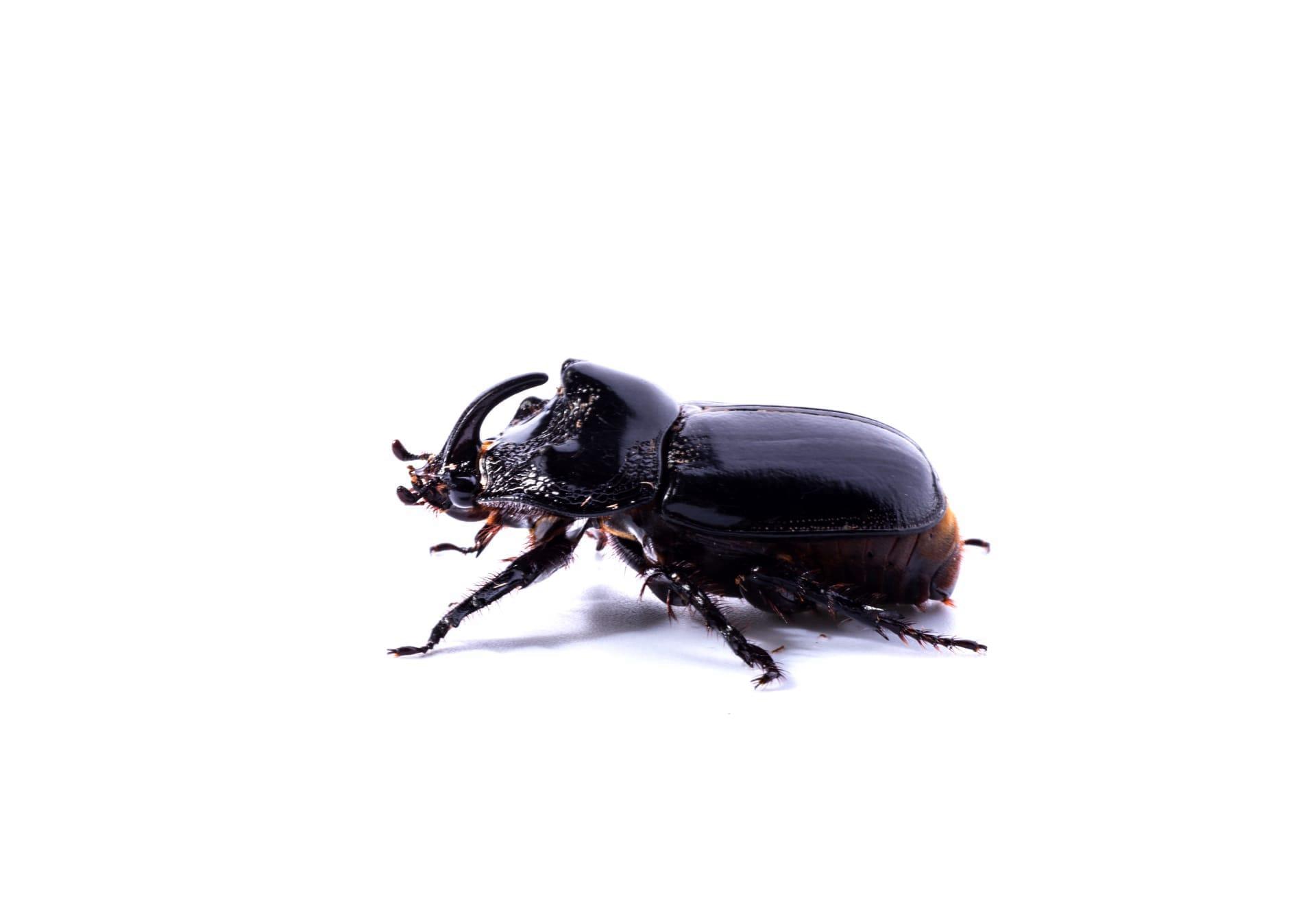Black Beetle Trivia
- Home /
- Trivia Question /
- Animal /
- Black Beetle Trivia
1
Question: What distinguishes black beetles from other beetle species in terms of physical appearance?
Answer: Black beetles, known for their distinctive shiny black exoskeletons, stand out in the beetle world. They typically range from 0.5 to 1.5 inches in length. Their hard, dome-shaped backs and long, slender antennae are notable features. Unlike some beetles that have colorful markings, black beetles maintain a consistent dark hue across their bodies, which helps in camouflage and heat absorption.
Question: How long do black beetles typically live, and what factors influence their lifespan?
Answer: The lifespan of black beetles varies greatly, usually spanning from 1 to 3 years, depending on environmental conditions and predation risks. Factors such as temperature, humidity, and food availability significantly impact their longevity. In ideal conditions, with ample food and minimal threats, they can live towards the longer end of this range.

2
Question: Is it true that black beetles are harmful to household plants?
Answer: This is a common misconception. While some beetle species can damage plants, most black beetles are not harmful to household vegetation. They often feed on small insects and decomposing matter, playing a vital role in the ecosystem by breaking down organic material.
Question: Do black beetles bite humans and are they poisonous?
Answer: Black beetles generally do not bite humans. They have mandibles for chewing food, mainly plant matter and smaller insects, but they are not aggressive towards humans. Moreover, they are not poisonous and pose no venomous threat. If handled, they might pinch as a defensive response, but this is rare and typically harmless.

3
Question: What is the primary diet of black beetles?
Answer: Black beetles are mainly scavengers, feeding on a wide range of organic materials. Their diet includes plant debris, fungi, and decaying organic matter. Some species are also predatory, hunting smaller insects. This diverse diet makes them important contributors to nutrient recycling in their habitats.
Question: How do black beetles communicate with each other?
Answer: Black beetles primarily use chemical signals, known as pheromones, for communication. These chemical cues help them in mating, locating food, and signaling danger. Additionally, some species may use physical movements or vibrations to communicate, especially during mating rituals.

4
Question: What kind of habitats do black beetles prefer?
Answer: Black beetles are adaptable and can thrive in various environments. They commonly inhabit forests, gardens, meadows, and sometimes urban areas. They prefer moist, dark places like under logs, rocks, and leaf litter where they can find food and shelter.
Question: Are black beetles solitary or social insects?
Answer: Most black beetles are solitary creatures. They come together during mating season but otherwise prefer to live and forage alone. This solitary nature helps in reducing competition for resources among individuals.

5
Question: What are the main predators of black beetles?
Answer: Black beetles face predation from a variety of animals, including birds, mammals, reptiles, and larger insects. Their hard exoskeleton provides some protection, but they are still vulnerable, especially during their larval stage.
Question: How do black beetles adapt to changing seasons and temperatures?
Answer: Black beetles adapt to seasonal changes by altering their behavior and physiology. In colder months, they often enter a state of dormancy or reduced activity, known as diapause, to conserve energy. This helps them survive when food is scarce and temperatures are low. In warmer seasons, they become more active, feeding and reproducing more frequently.